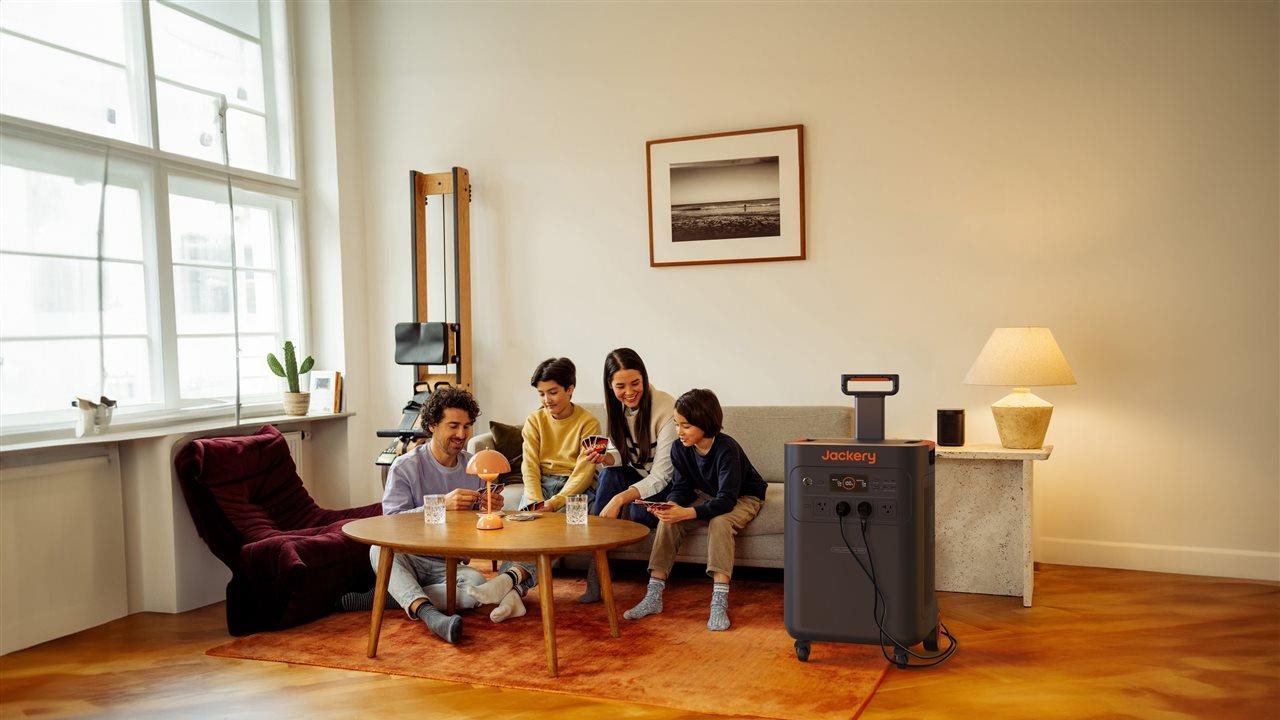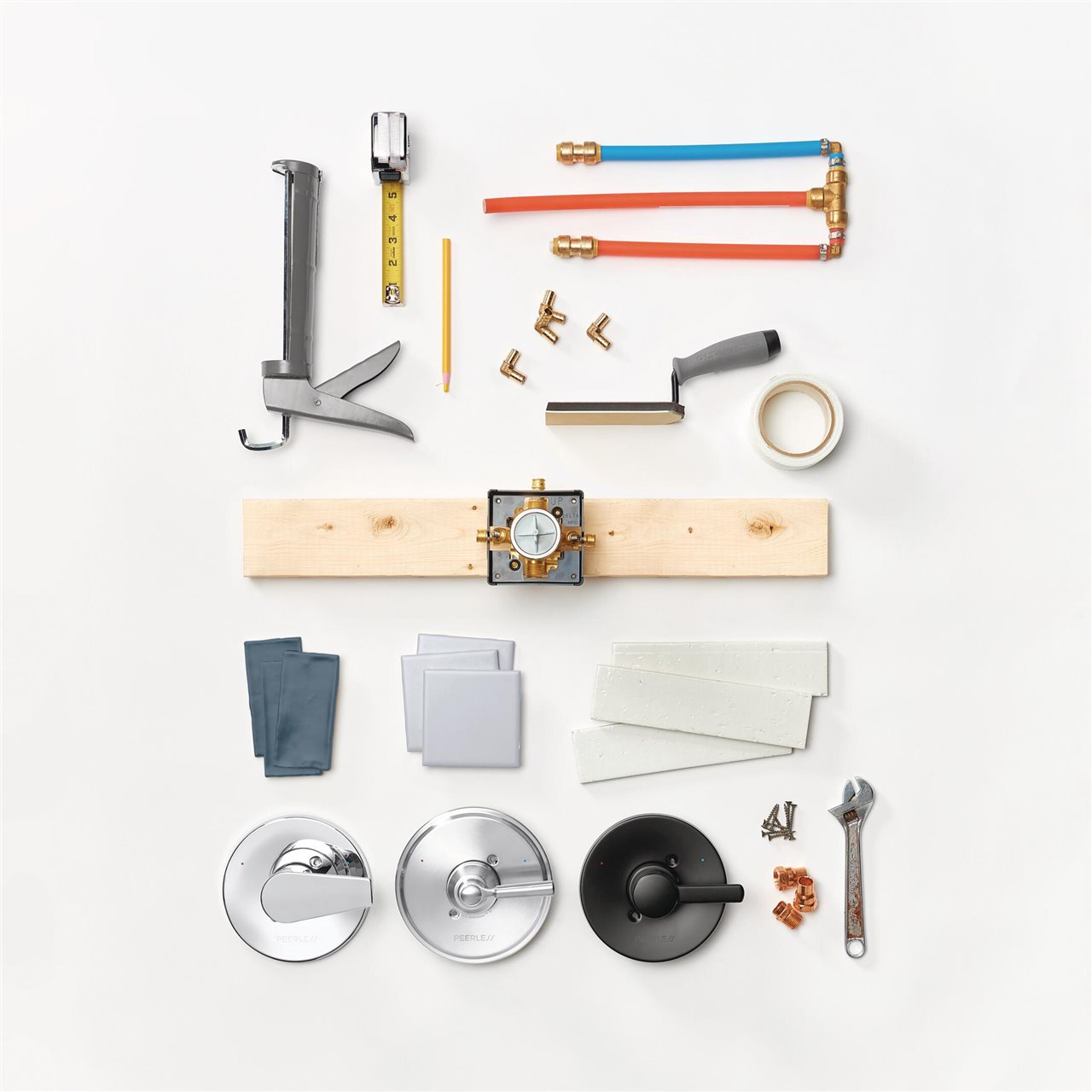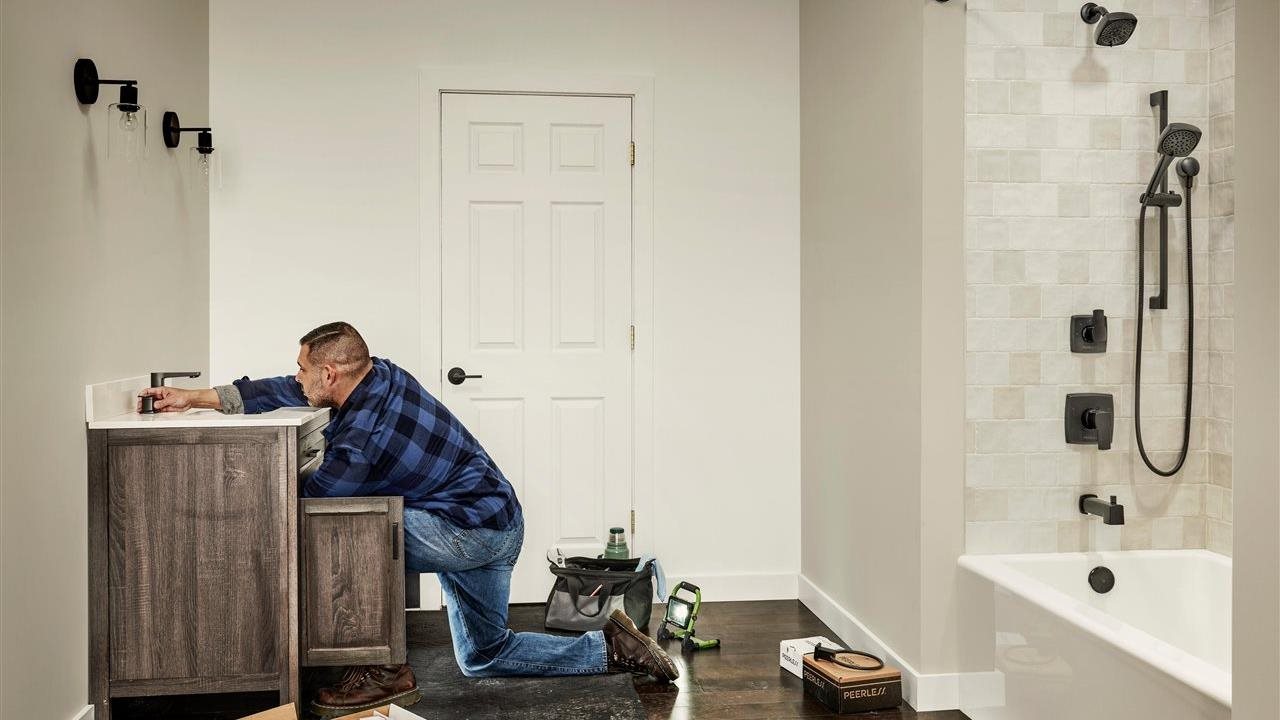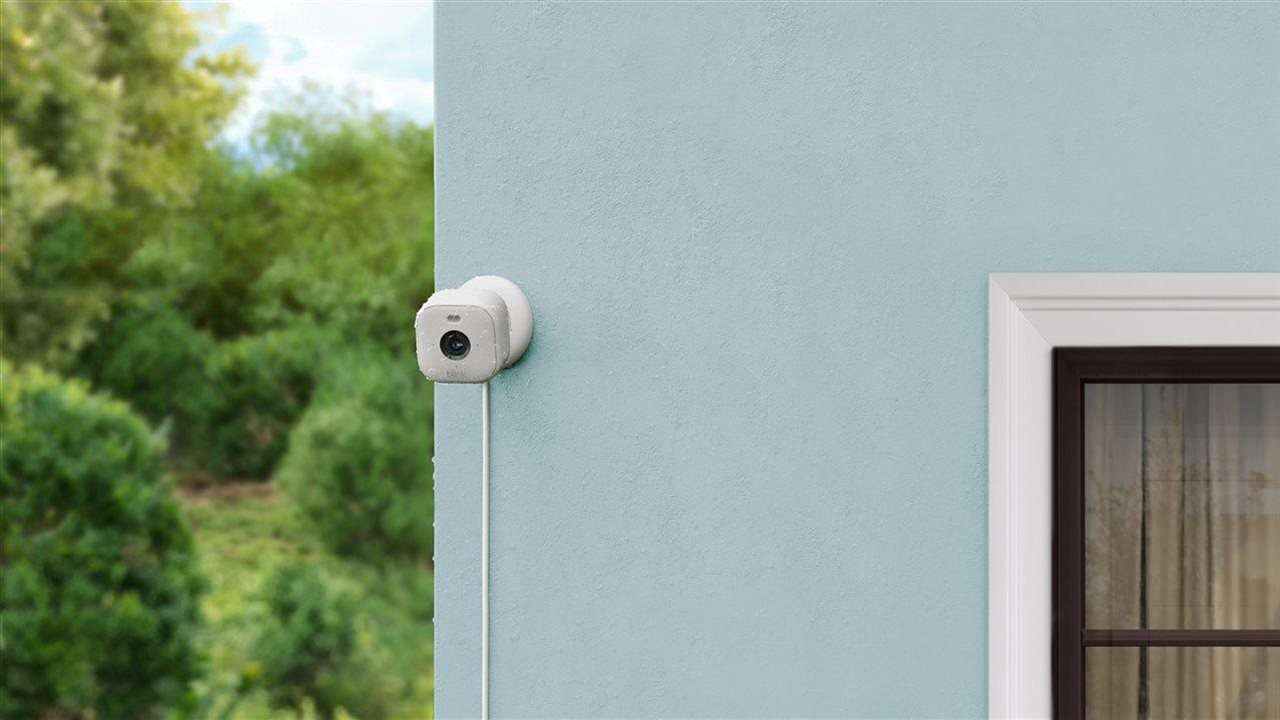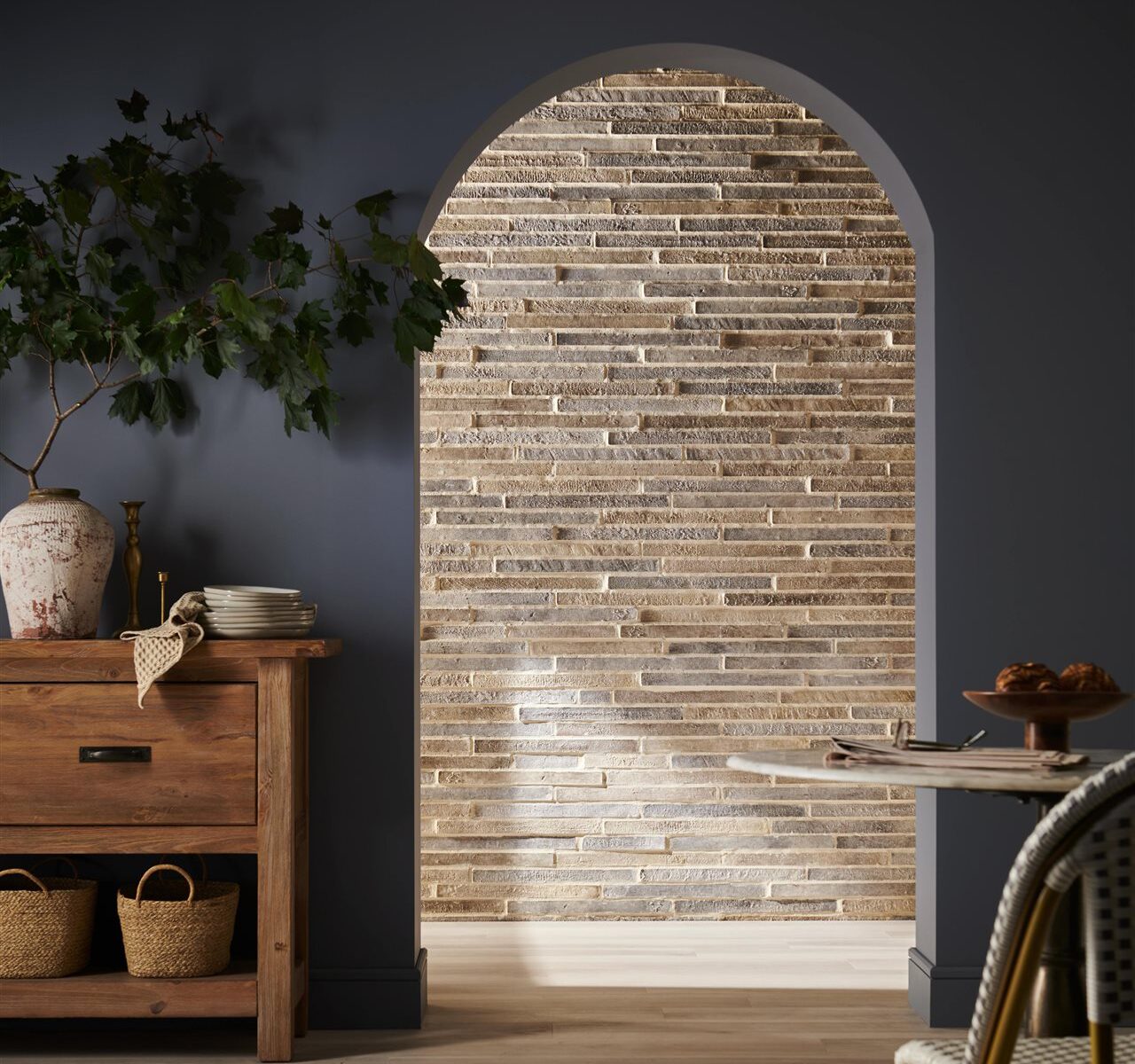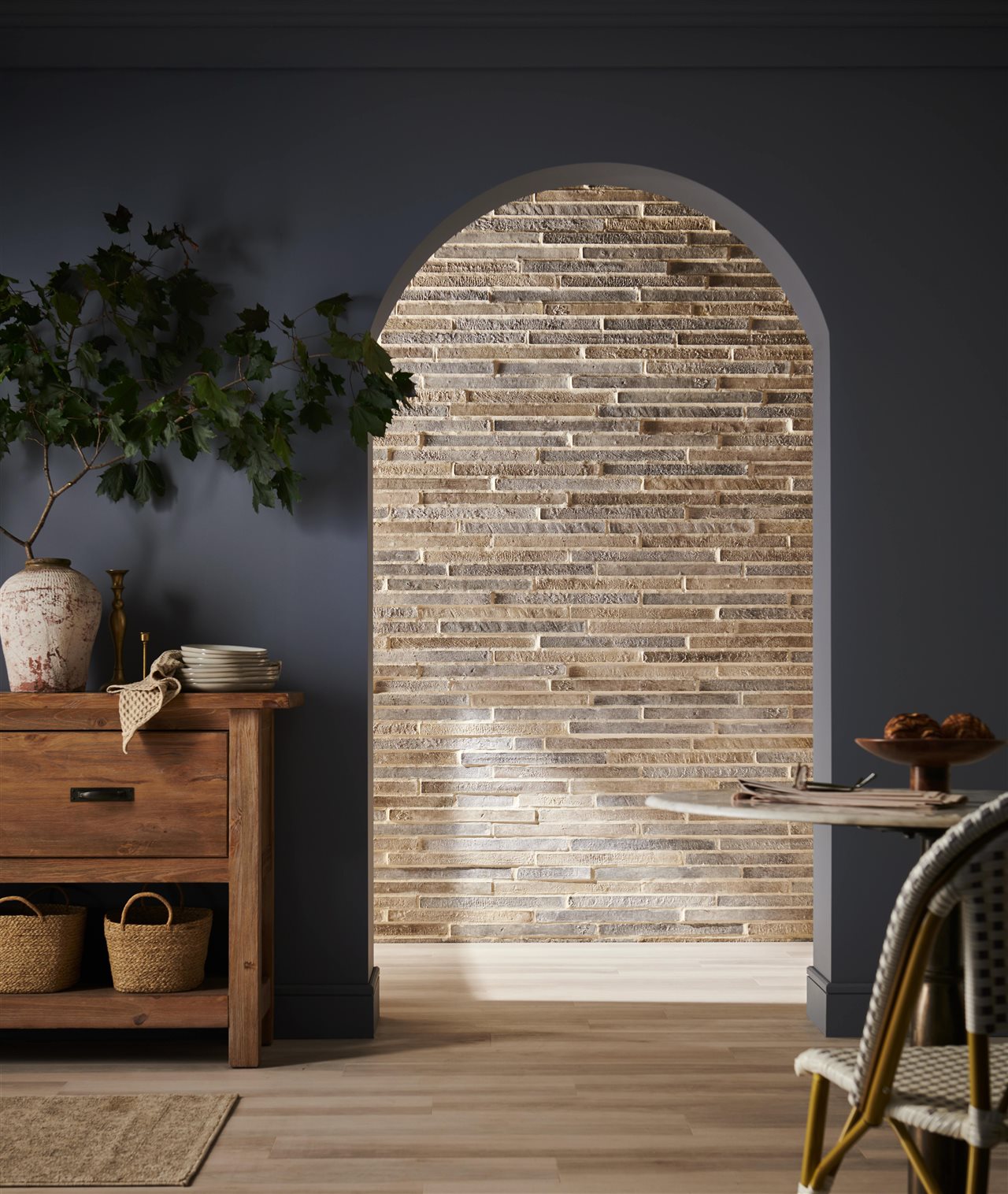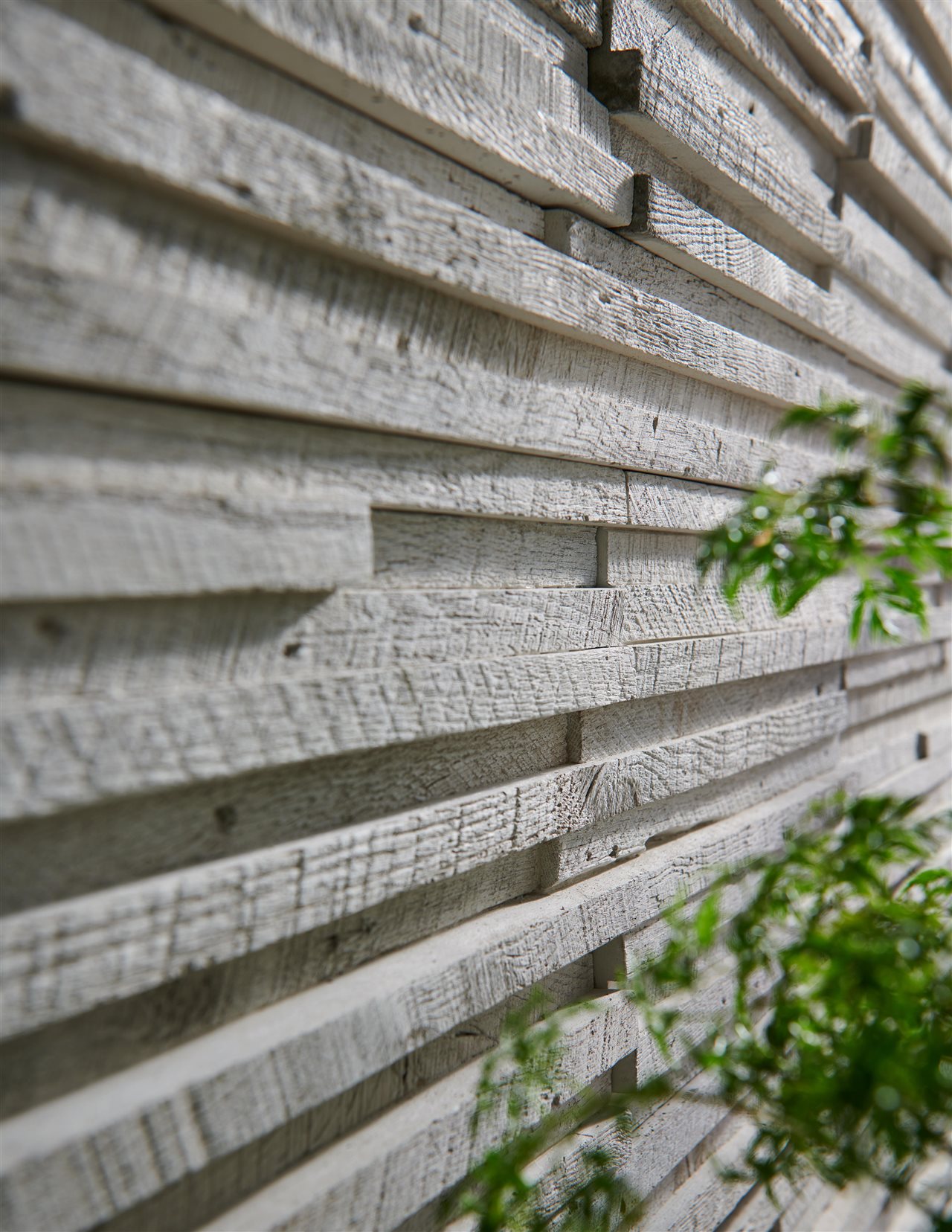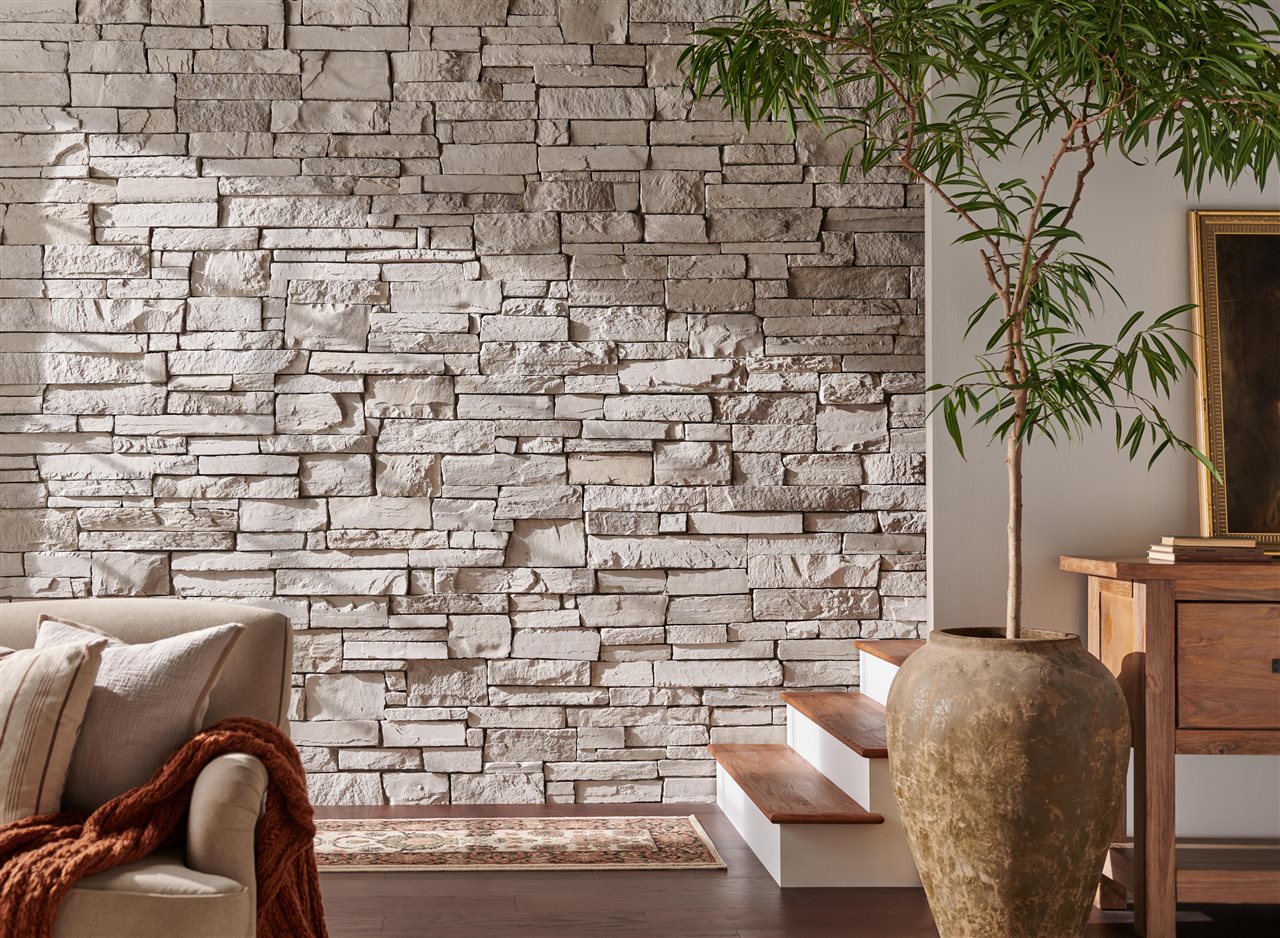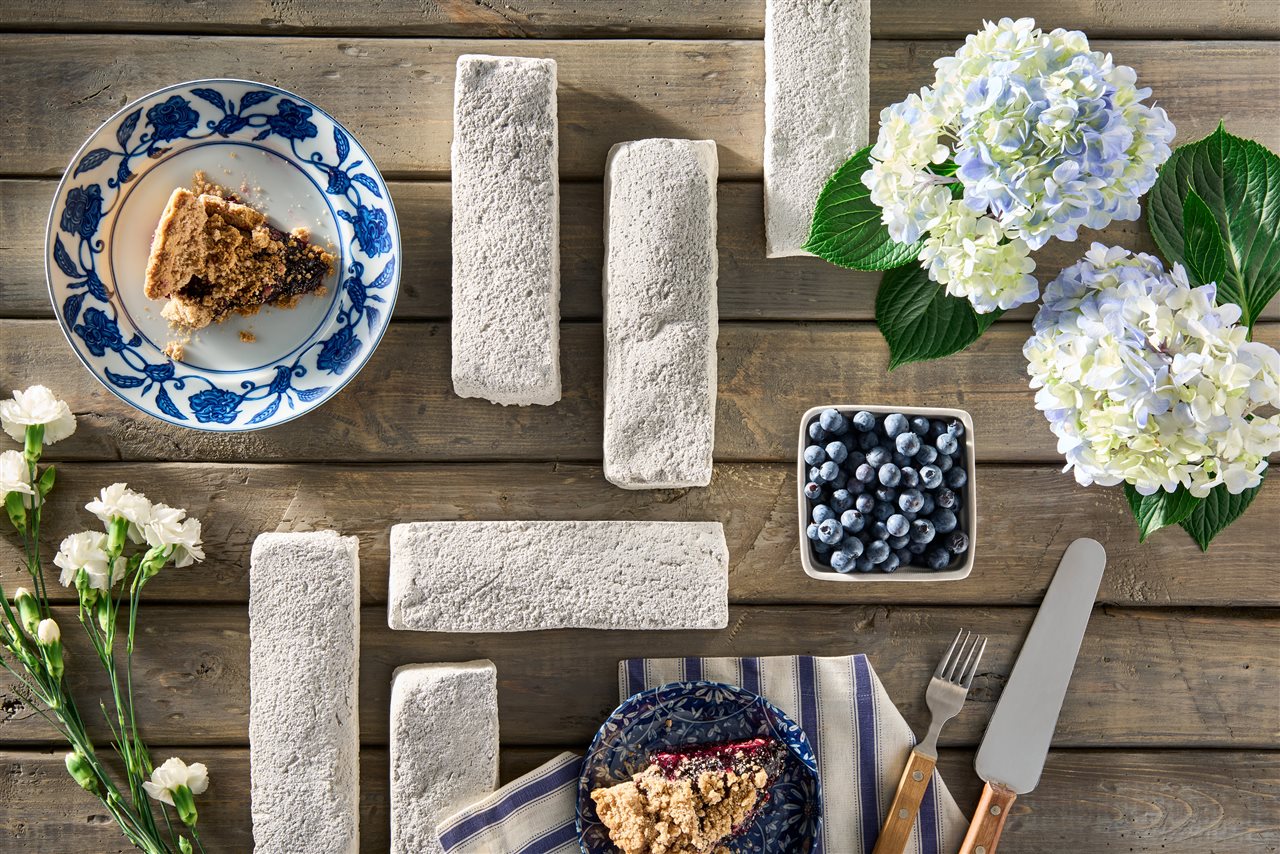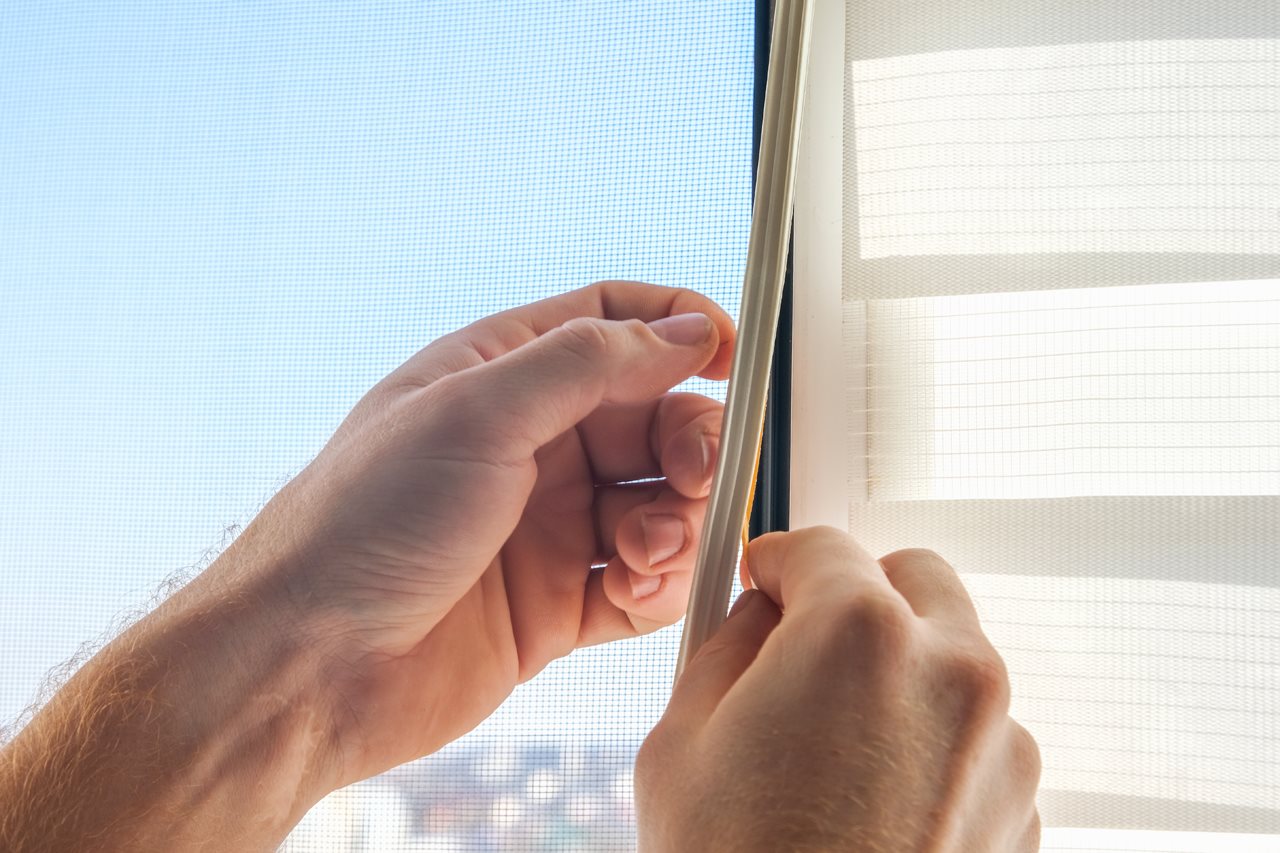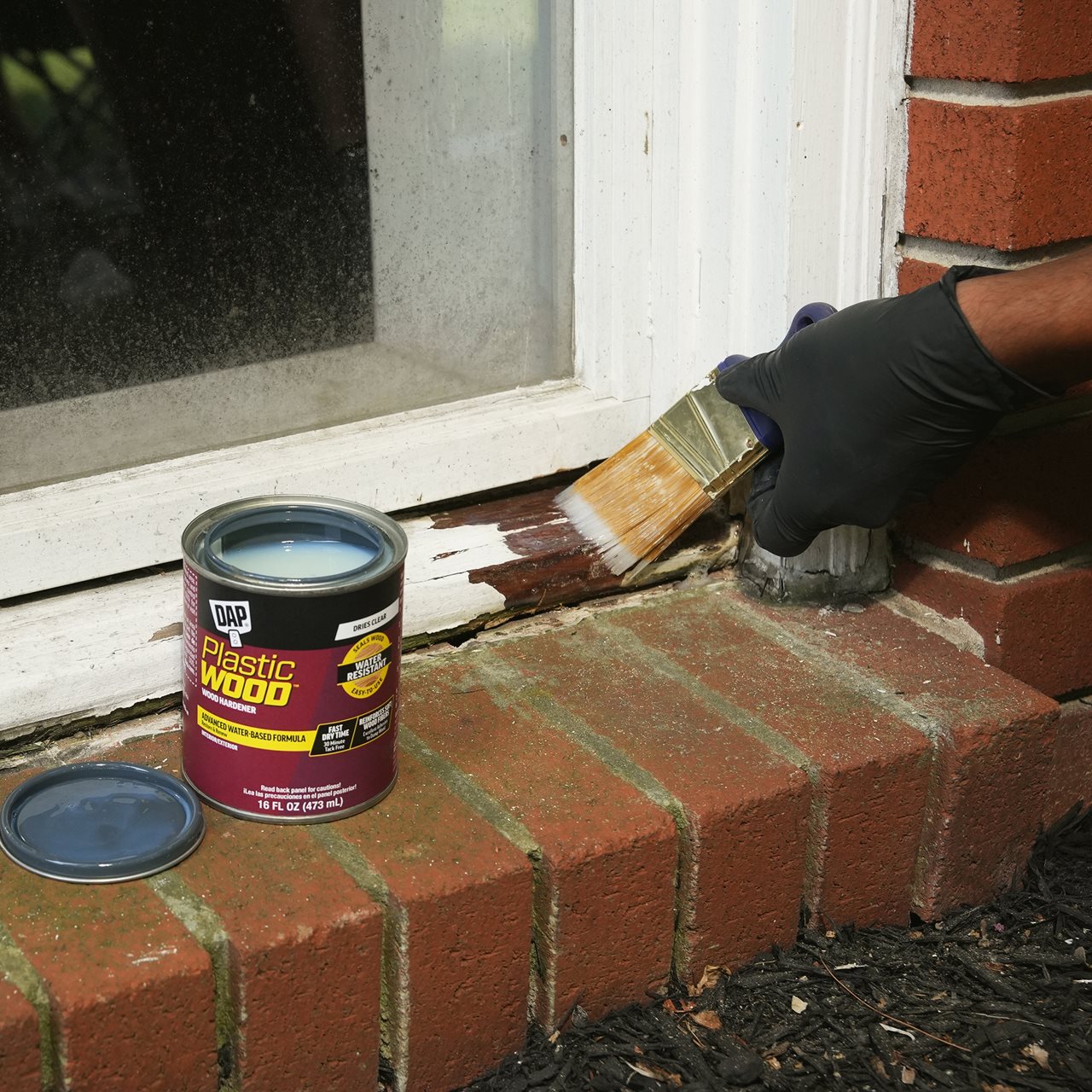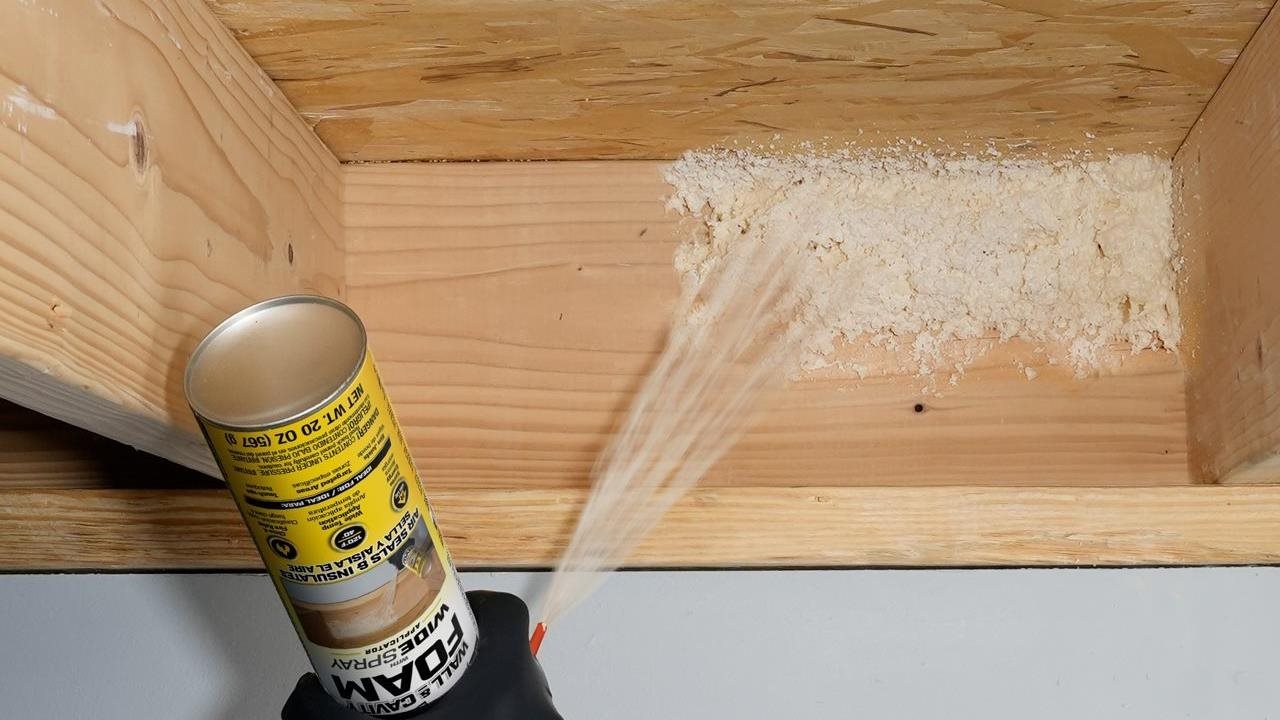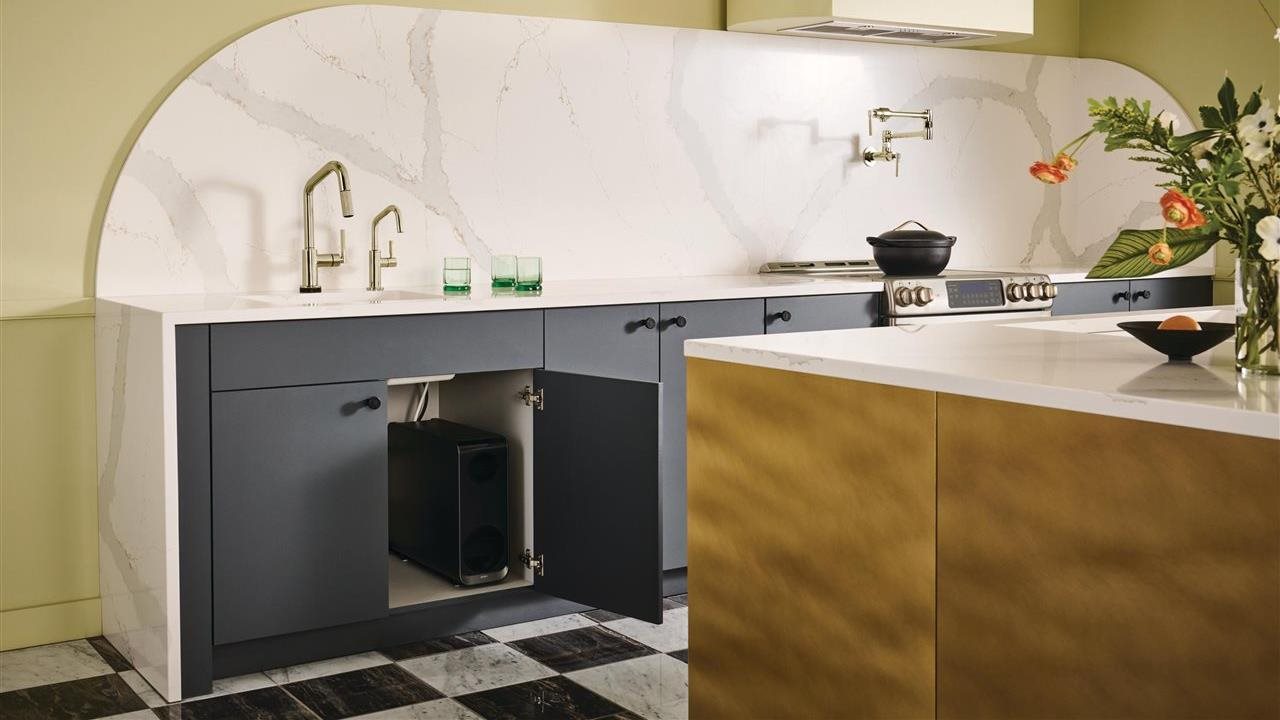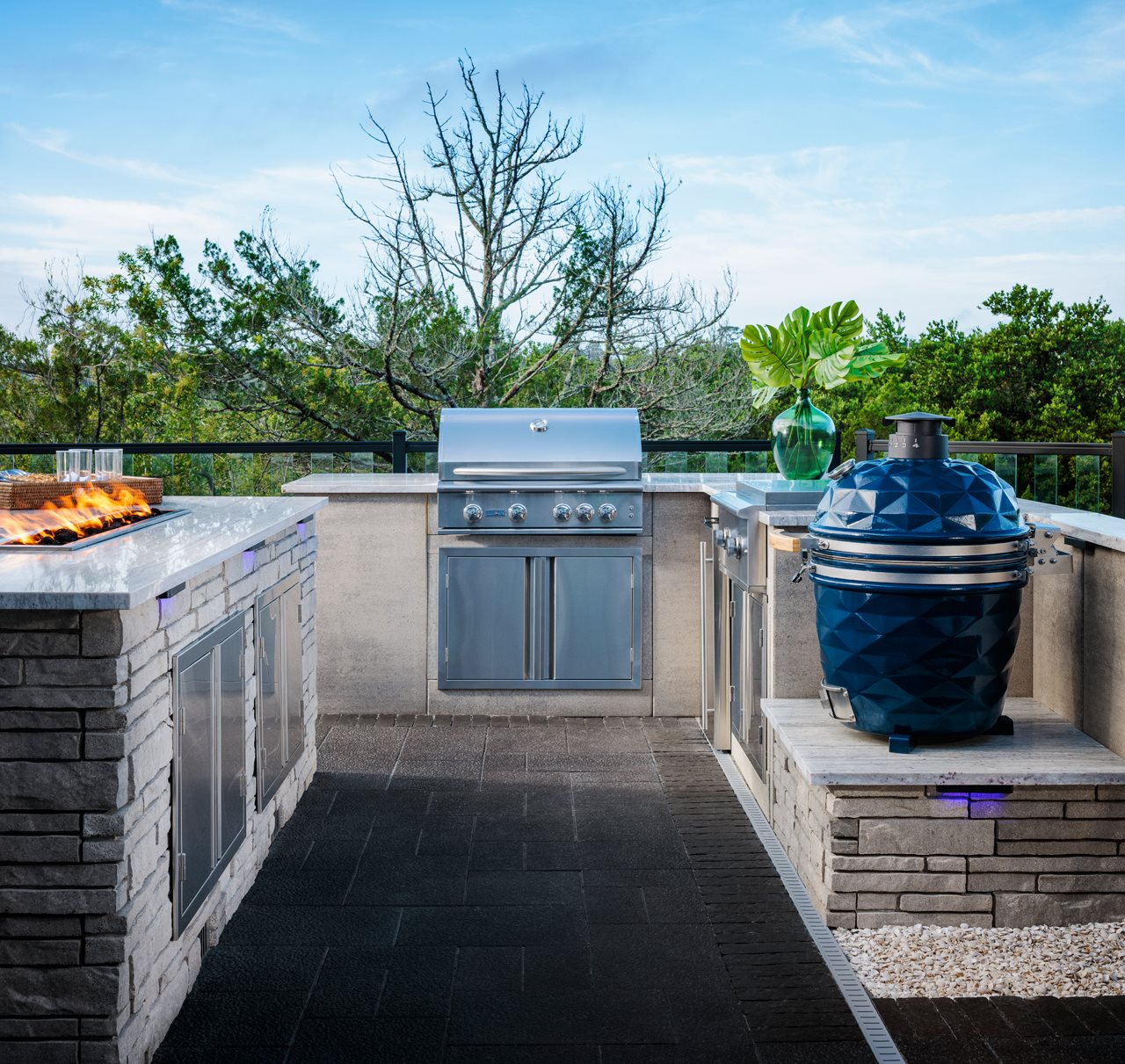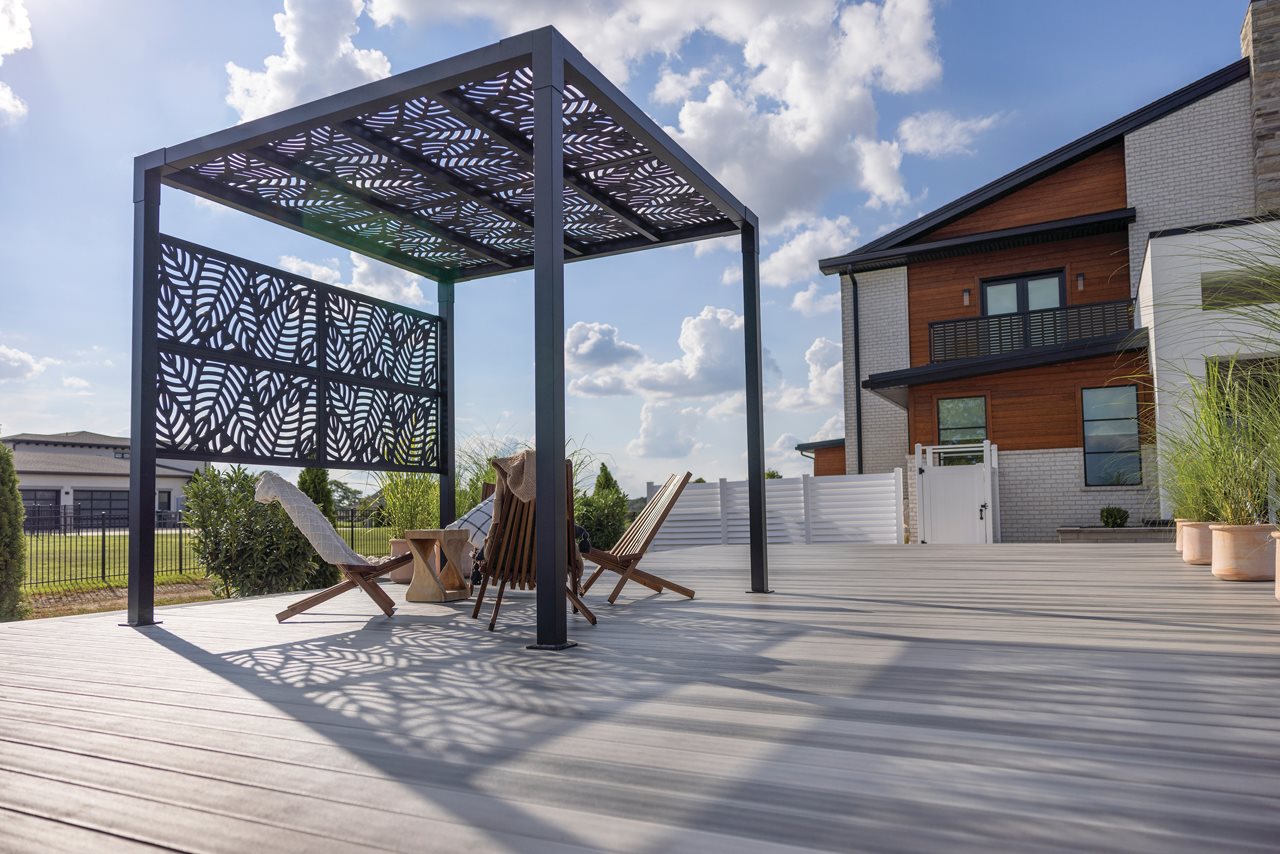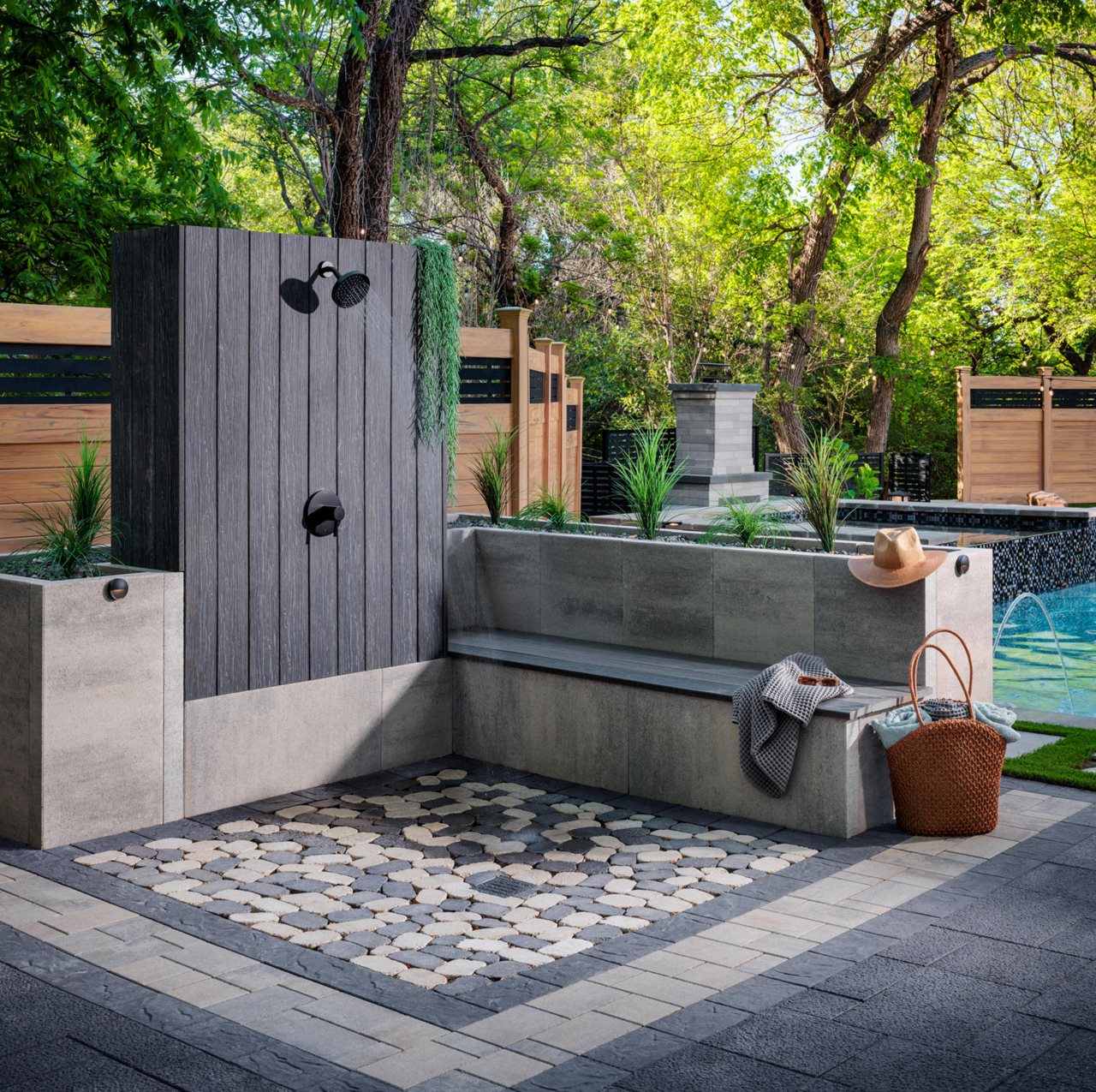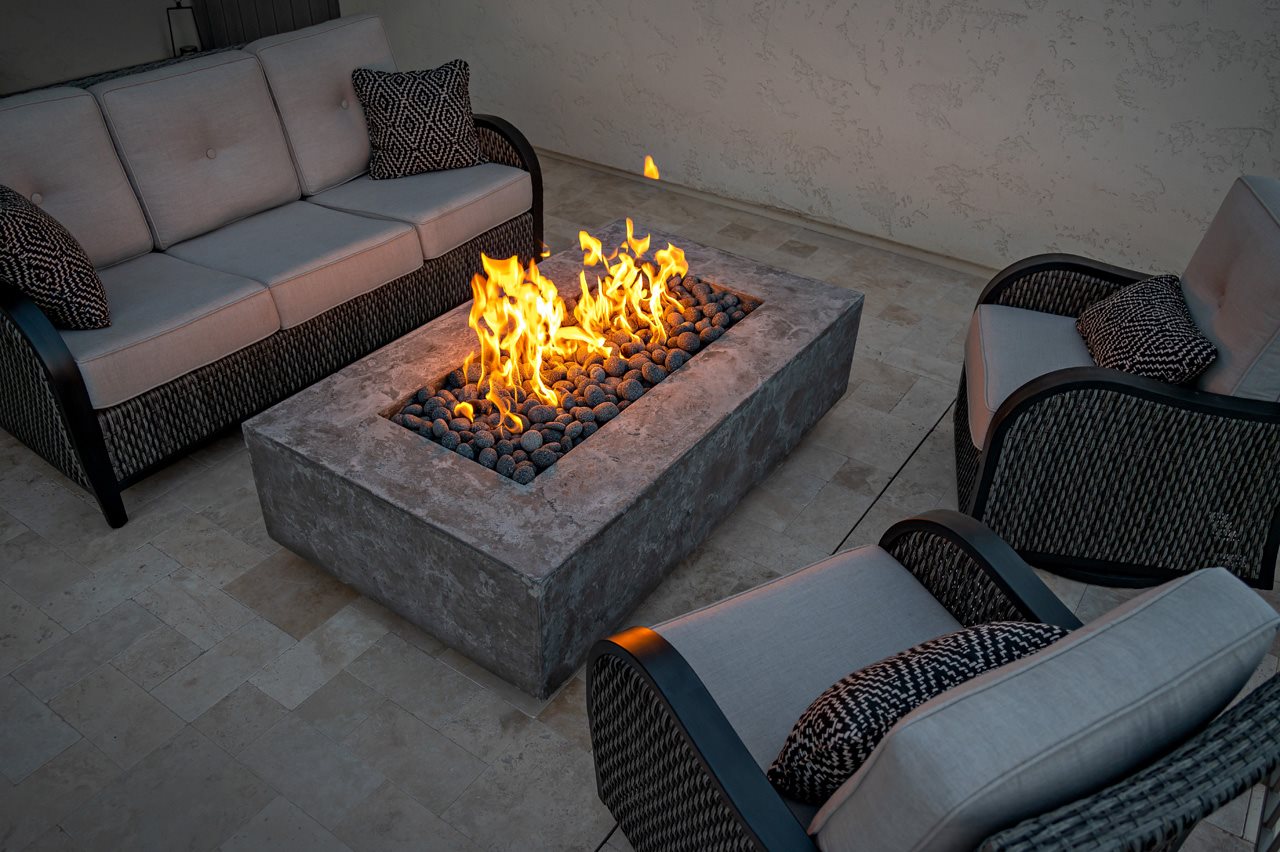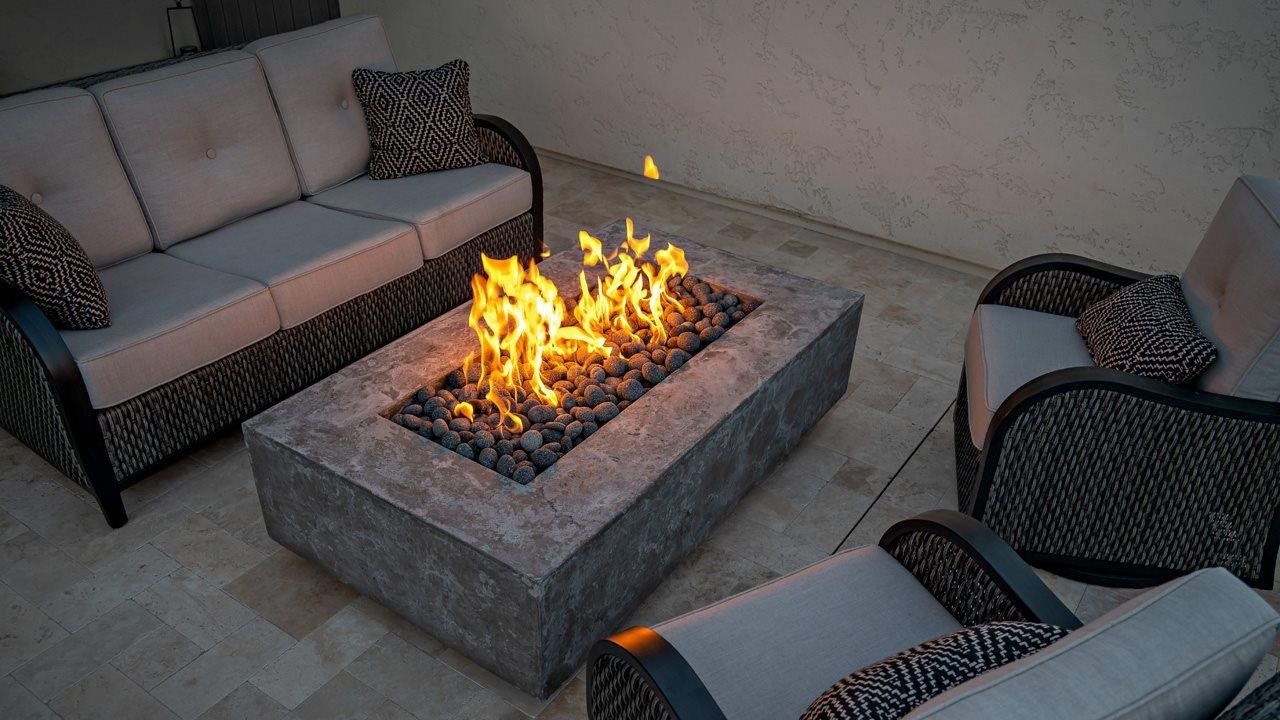2024-11-22T13:01:00
(BPT) – Romulo “Romy” Camargo
U.S. Army Chief Warrant Officer 3 (Retired)
“Freedom and security are precious gifts that we, as Americans, should never take for granted. We must do all we can to extend our hand in times of need to those who willingly sacrifice each day to provide that freedom and security. While we can never do enough to show gratitude to our nation’s defenders, we can always do a little more.”
— Gary Sinise
Established in 2011 by actor and humanitarian Gary Sinise, the Gary Sinise Foundation honors and supports military service members, first responders, and their families. Just one of its many initiatives, the R.I.S.E. (Restoring Independence Supporting Empowerment) Program provides mortgage-free, specially adapted smart homes for our nation’s severely wounded heroes.
Over the past several years, Daltile has had the privilege of teaming up with this wonderful foundation. Once again in 2024, Daltile had the honor of donating tile for these homes to help deserving heroes.
“What an organization the Gary Sinise Foundation and R.I.S.E. teams are! Doing so much to honor our heroes in the way they deserve to be honored,” said Paij Thorn-Brooks, vice president of marketing for Daltile. “This is a non-profit organization filled with people of integrity, who truly love our service members, first responders, and their families well. Daltile is very grateful for the opportunity to help honor and serve our heroes and their families through this program.”
Thorn-Brooks continued, “These fully customized homes make a tremendous difference in the lives of the men and women who have served, given so much on behalf of their country, and who continue to persevere against physical challenges. It is a great feeling to see the joy these heroes experience when they enter their new homes for the first time.”
Meet a few (of the many) heroes thriving in their new specially adapted, forever homes:

U.S. Army Sergeant (Retired)
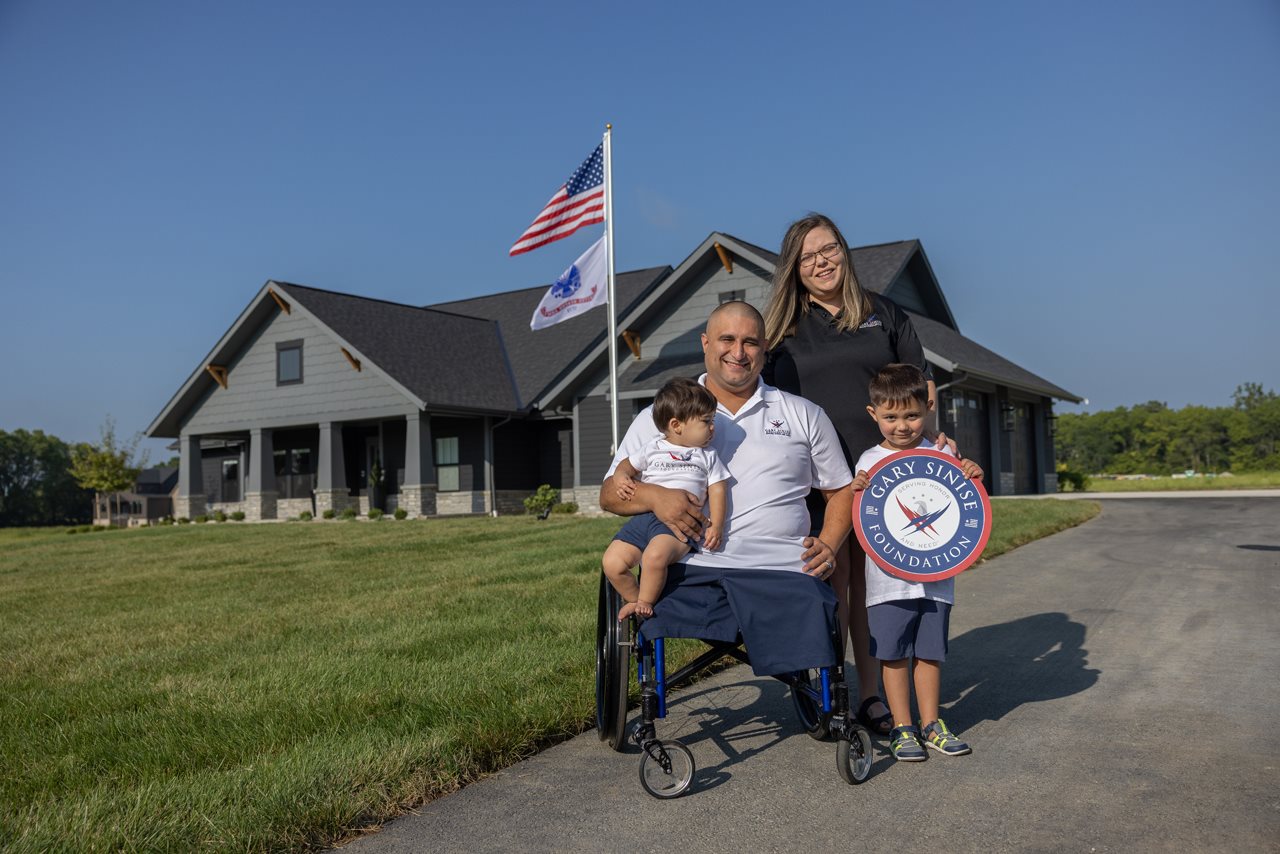
U.S. Army Sergeant (Retired)
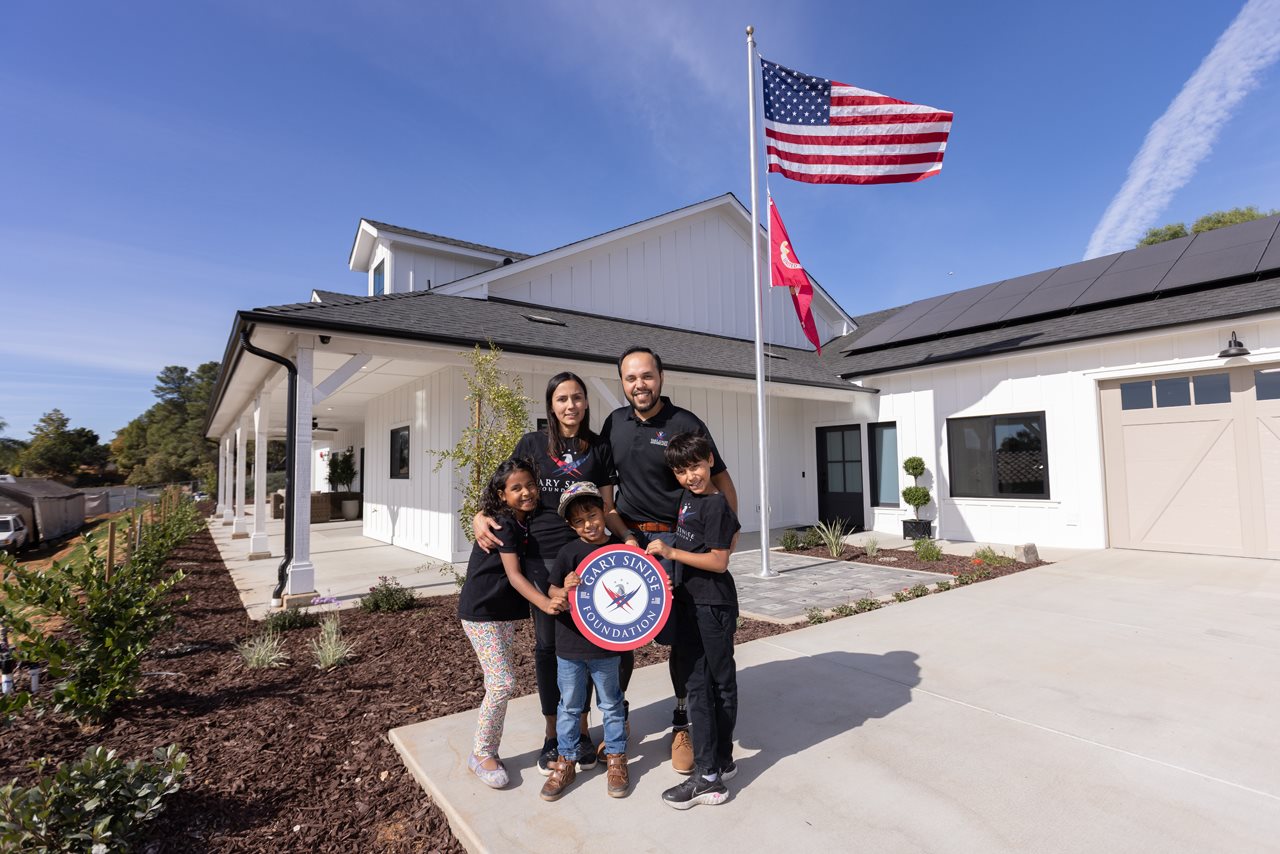
U.S. Marine Corps Corporal (Retired)
For more information on the Gary Sinise Foundation or to donate toward future home builds, please visit: https://www.garysinisefoundation.org/rise.





